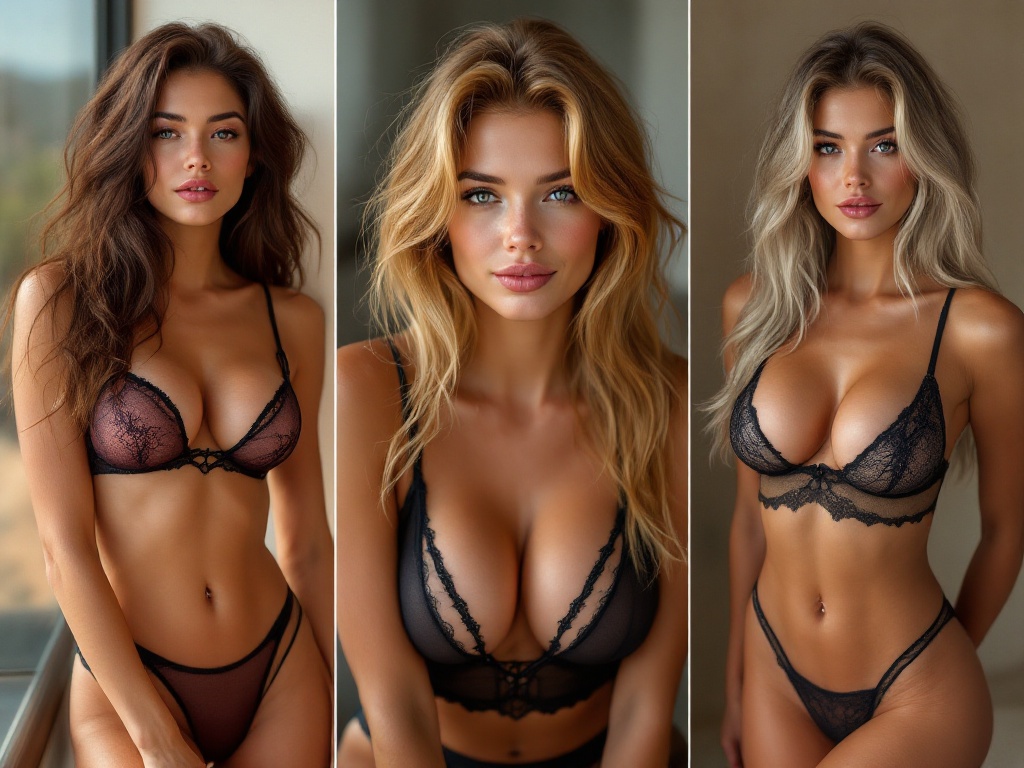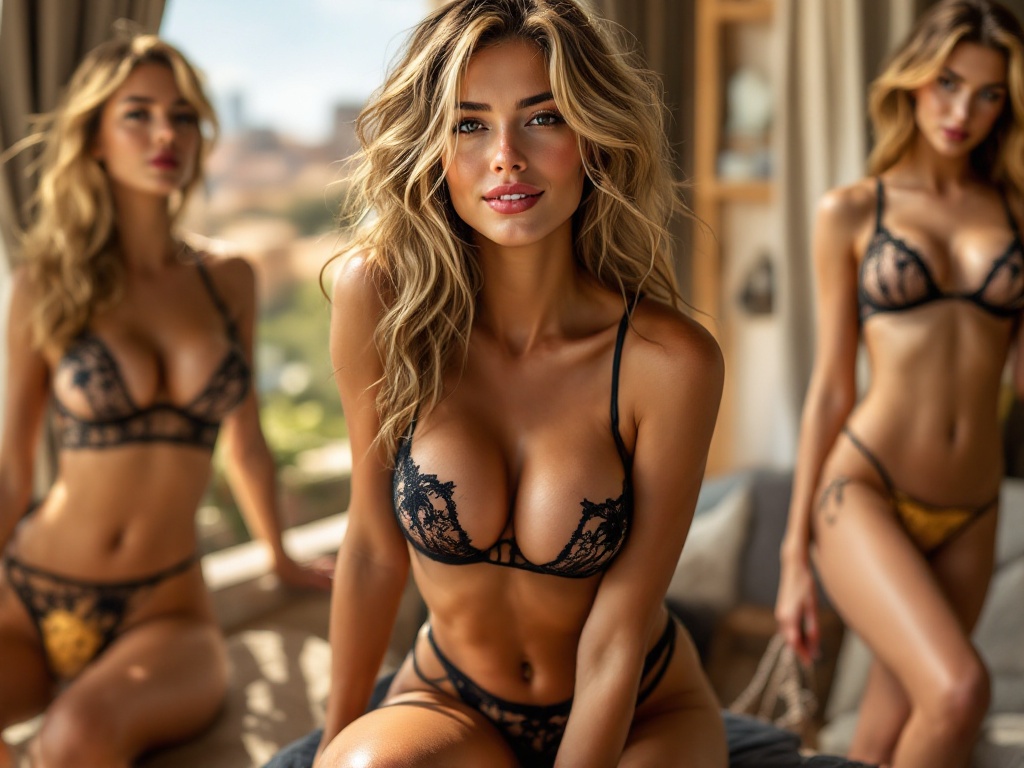The breathtaking realm of stagecraft is experiencing a captivating transformation, propelled by the boundless inventiveness of artificial intelligence. As artists strive to transcend creative limits, AI-generated nude imagery introduces an intriguing new domain. Both artists and technologists are keenly aware of the significant consequences of fusing technology with human artistry. This journey encourages theatre creators to rethink not only the aesthetic elements of a set but also to deepen the emotional and narrative ties within performances. By leveraging AI’s capabilities, the industry is discovering groundbreaking ways to visually interpret the human body, enhancing the storytelling endeavor like never before. Though these innovations come with a host of ethical dilemmas, the artistic possibilities are undeniably immense.
Creating AI-generated nudes involves deploying machine learning and neural networks to produce visuals that often echo and amplify human experiences. By employing algorithms that analyze vast troves of human imagery, these advanced systems can generate visuals that are both astonishingly lifelike and intriguingly abstract. The allure of examining nudity within theatrical settings fosters a distinctive dialogue about body depiction, societal expectations, and the expressive potency of art. Nonetheless, with significant power comes considerable responsibility; the repercussions of generating such images demand a conscientious approach to issues of consent, representation, and artistic honesty. With AI emerging as a collaborator in set design, a vibrant arena of ideas emerges, challenging existing notions of beauty, identity, and authenticity.

Understanding AI Nude Generation
Prior to diving into its relevance in set design, it’s crucial to comprehend the basics of AI nude generation. Fundamentally, this technology applies generative adversarial networks (GANs) to craft imagery depicting the human figure in various artistic styles. These models, trained on extensive datasets, can generate enticing interpretations of human anatomy without merely replicating existing visuals. The ethical aspects of nude generation are inescapable, stimulating vital dialogues about the suitable contexts for such visuals, their effect on audiences, and the way representation is sculpted within art.
The Role of AI Nude Generation in Set Design
AI nude generation acts as a revolutionary instrument for theatrical set designers, delivering a fresh perspective to conceive space and character. By envisioning the human figure, designers can elevate the expressiveness of their stage designs, enriching character interactions. Additionally, incorporating nude figures in digital backgrounds or projections can provoke thought and prompt audiences to rethink their views of the human figure in artistic settings. This strategy not only enriches the visual narrative but also opens discussions about body positivity and acceptance in theatre. The limitless prospects offered by AI empower artists to delve into new storytelling avenues.

Benefits of Using AI in Theatrical Set Design
Employing AI nude generation in theatre productions presents numerous perks, rendering it a compelling choice for designers and theatre companies. The primary benefits encompass:
- Enhanced efficiency in cost and time, as AI can expedite the design phase remarkably.
- Broad representation, facilitating the creation of a more extensive array of body types that can resonate with diverse audience segments.
- Potential for collaboration, where human artists and AI can engage in a creative conversation leading to revolutionary designs.
The adoption of AI technologies in theatre also opens the doors for democratizing artistic expression. Freed from the constraints of traditional techniques, designers can explore a wider range of visual styles and concepts. Collaboration with AI can fuel inspiration, enabling artists to engage with their craft in unprecedented ways and offering new insights into traditional themes. The symbiotic relationship between human creativity and machine intelligence is ushering in a novel era in theatrical design.

| Aspect | AI Nude Generation | Traditional Set Design |
|---|---|---|
| Creativity | Unlimited, driven by technological brilliance | Rooted in age-old practices |
| Time Efficiency | Swift visualization prowess | Laborious and time-demanding |
| Cost | Reduced long-term costs through mechanization | Expensive due to materials and manpower |
As we transition to the challenges of AI-generated nudity, it’s critical to acknowledge that not all advancements are without skepticism. Some detractors raise flags about how these technologies shape public views, especially concerning nudity in art. Legal ramifications and copyright disputes also require scrutiny, as the line between authentic and AI-fabricated artistry remains hazy. Moreover, balancing the cherished traditions of human artistry with technological enhancement will be essential as we traverse this exhilarating yet daunting landscape.
Challenges and Criticisms of AI Nude Generation
While the prospects for AI nude generation are abundant, it is vital to address several challenges and criticisms that surface. The public’s view of nude imagery can be divisive, and comfort levels may vary significantly depending on cultural and personal outlooks. In addition, legal concerns around AI-generated art require cautious navigation to avoid unintended breaches. This highlights the necessity for theatre producers to maintain a vigilant focus on the ethical dimensions of their creations. Balancing AI’s creative potential with the preservation of human intention and touch will be crucial moving forward.
Conclusion
In conclusion, the inclusion of AI nude generation in theatrical set design is not merely a technological leap forward; it marks a step towards a more inclusive and inventive artistic expression. The potential for creativity is vast, yet this path is marked by the need for ethical awareness and responsible practices. As theatre progresses, embracing AI will enhance visual storytelling and enrich narratives exploring the human condition. By encouraging conversations on representation and artistic integrity, creators can harness AI as a transformative tool for enlightenment and change.
Frequently Asked Questions
- What is AI nude generation?
AI nude generation involves employing artificial intelligence to fabricate images of the human physique, often exploring artistic nudity. - How can AI nude generation be applied in theatre?
It can be utilized to develop sets, backgrounds, or projections that amplify character and narrative elaboration. - Are there ethical issues with AI nude generation?
Indeed, concerns encompass respect for the human form, audience reactions, and matters of consent and representation. - Can AI substitute human designers in theatre production?
While AI can assist in design, it aims to complement, not supplant, the creative vision and expertise of human designers. - What are some successful instances of AI in theatrical set design?
Productions like [Insert Example Here] have effectively integrated AI-crafted elements to elevate their storytelling and visual allure.


